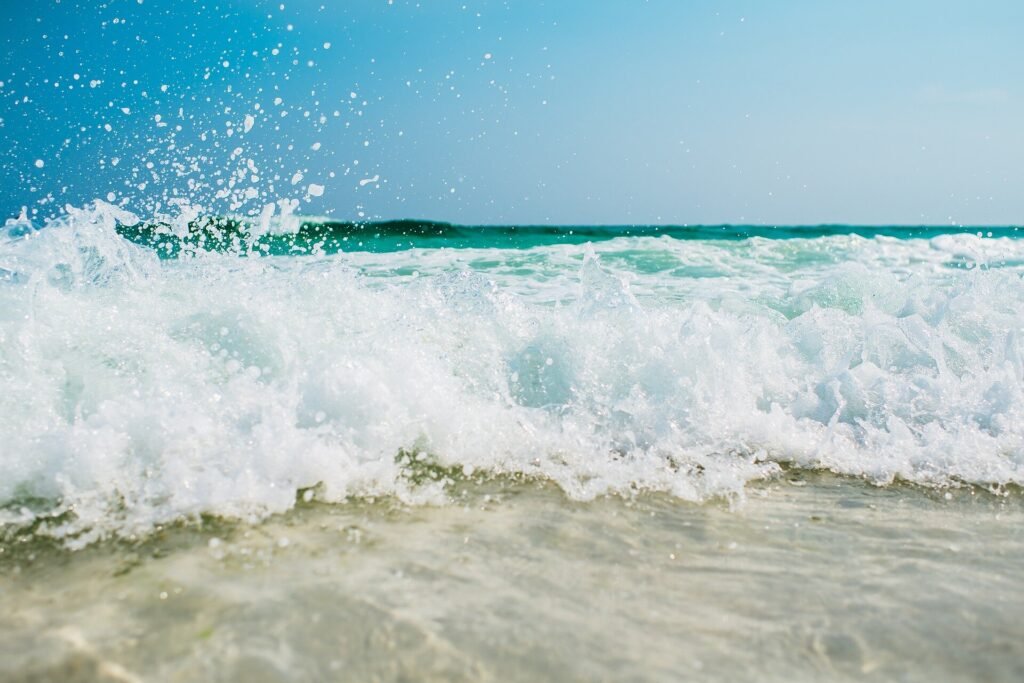A recent study on drowning deaths at Australian beaches caused by rip currents has shown a slight decrease in the number of deaths among men, although the overall number of rip current-related drowning incidents remains relatively unchanged.
Published in the journal Injury Prevention, the research conducted by UNSW Sydney and Surf Life Saving Australia (SLSA) analyzed data from 2004 to 2023, revealing that 407 individuals lost their lives due to rip currents. The majority of victims were men (85%), aged between 20 and 34 (38%), and the incidents mostly occurred in regional or remote areas (59%) with others present (80%).
Despite the tragic deaths, the study also noted that approximately 2,449 individuals were rescued by others, while 8,171 managed to escape rip currents on their own during the same period.
Lead author Mr. Sean Kelly, a Ph.D. candidate at UNSW’s Center for Marine Science and Innovation, highlighted the positive trend of a slight decline (2% every two years) in male rip current-related drowning deaths, attributing it to improved awareness campaigns and educational resources.
However, the study emphasized the need for continued efforts to reduce drowning rates among males and other demographics.
Bystander tragedies
One concerning finding of the study was the second-highest proportion of rip current drowning deaths being attributed to bystanders attempting rescues. Over 15% of all rip current-related drownings occurred when a bystander, often a family member, lost their life while trying to save someone caught in a rip. The authors stressed the importance of developing safety advice for bystander rescue scenarios.
Professor Rob “Dr. Rip” Brander, a co-author of the study from UNSW’s Beach Safety Research Group, cautioned against rushing into rescue attempts without proper assessment and emphasized the need to call for help and use floating objects for assistance.
Education is key
While Australia’s drowning rate is relatively low compared to other countries, the study underscored the importance of ongoing education and awareness initiatives, particularly regarding rip currents. Mr. Kelly emphasized the necessity of promoting swimming proficiency, especially among children and multicultural communities.
Co-author Jaz Lawes, a researcher with UNSW’s Beach Safety Research Group and SLSA, urged beachgoers to prioritize rip current and beach safety, especially during holidays and warm weather periods.
More information:
Sean Kelly et al, Quantifying rip current-related drowning deaths and exposure on Australian beaches, Injury Prevention (2025). DOI: 10.1136/ip-2024-045565
Provided by The University of New South Wales
Citation:
Risk of rip current deaths is highest among young men at unpatrolled beaches, Australian study finds (2025, April 9)
retrieved 10 April 2025
from https://medicalxpress.com/news/2025-04-rip-current-deaths-highest-young.html
This document is subject to copyright. Apart from any fair dealing for the purpose of private study or research, no
part may be reproduced without the written permission. The content is provided for information purposes only.


